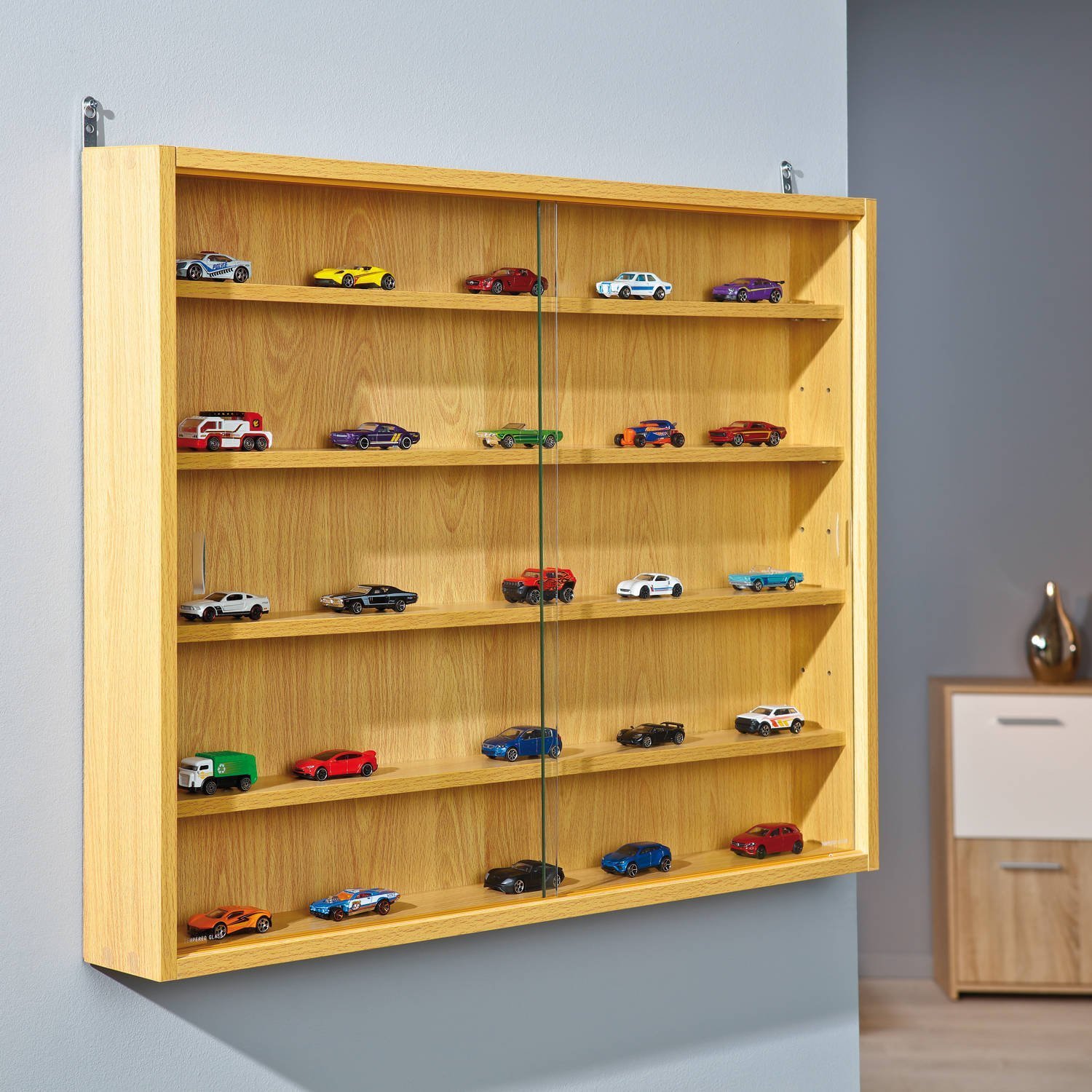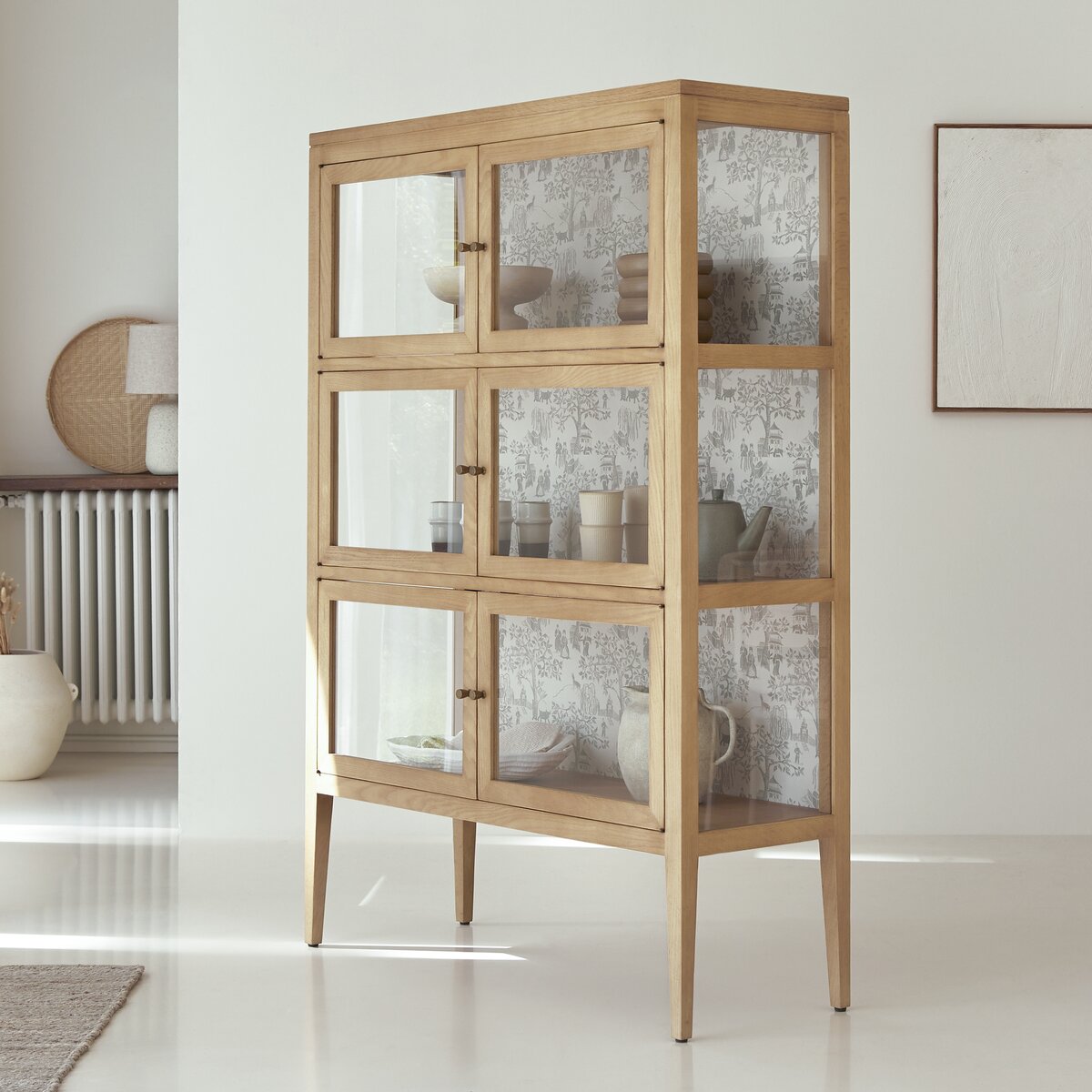Types of Cabinet Hardware Display Boards

Cabinet hardware display boards are essential tools for showcasing a wide range of cabinet hardware options to customers. They offer a visually appealing and organized way to present products, enhancing customer engagement and facilitating informed purchasing decisions. These display boards come in various types, each with unique features, materials, and applications.
Types of Cabinet Hardware Display Boards
Display boards are categorized based on their materials, sizes, and features, catering to different needs and budgets.
- Acrylic Display Boards: These boards are known for their transparency, allowing for clear product visibility. They are lightweight, durable, and easy to clean. Acrylic boards are often used for smaller hardware items, such as knobs and pulls, and can be customized with printed graphics or logos.
- Wooden Display Boards: Wooden boards provide a classic and elegant look, offering a natural and warm aesthetic. They are sturdy and can accommodate heavier hardware items, such as hinges and drawer slides. Wooden boards can be stained or painted to match the desired decor.
- Metal Display Boards: Metal display boards, typically made from aluminum or steel, offer durability and a modern aesthetic. They are often used for showcasing heavier hardware items and can be customized with various finishes, such as powder coating or chrome plating.
- Modular Display Boards: Modular boards offer flexibility and adaptability. They consist of individual panels or modules that can be arranged and rearranged to create custom layouts. This allows for easy product updates and customization, making them suitable for showcasing a wide range of hardware.
Pros and Cons of Different Display Board Types
Each type of display board has its own advantages and disadvantages, influencing its suitability for different applications.
- Acrylic Display Boards:
- Pros: Transparent, lightweight, durable, easy to clean, customizable.
- Cons: Susceptible to scratches, may not be suitable for heavy hardware items.
- Wooden Display Boards:
- Pros: Classic and elegant look, sturdy, can accommodate heavy hardware items, customizable.
- Cons: Can be heavier than other options, may require more maintenance.
- Metal Display Boards:
- Pros: Durable, modern aesthetic, customizable, suitable for heavy hardware items.
- Cons: Can be more expensive than other options, may require special installation.
- Modular Display Boards:
- Pros: Flexible, adaptable, easy to update, customizable.
- Cons: May be more expensive than other options, requires more assembly.
Innovative Display Board Designs
Display boards are constantly evolving to enhance customer engagement and product visibility. Some innovative designs include:
- Interactive Display Boards: These boards incorporate touchscreens or digital displays, allowing customers to browse through product catalogs, view detailed information, and even place orders. This interactive approach enhances the customer experience and provides a more engaging shopping environment.
- 3D Display Boards: These boards use 3D models or holographic projections to showcase cabinet hardware in a realistic and immersive way. This allows customers to visualize how the hardware will look in their own kitchens or bathrooms, enhancing their decision-making process.
- Augmented Reality (AR) Display Boards: AR technology allows customers to view virtual representations of cabinet hardware overlaid on their own spaces. This allows for realistic visualization and customization, empowering customers to make informed choices about their hardware selections.
Effective Display Techniques: Cabinet Hardware Display Boards

Creating an effective cabinet hardware display board goes beyond simply showcasing the products; it’s about crafting a visually engaging and informative experience that inspires customers. A well-designed display board should guide customers through the selection process, highlighting key features, promoting easy comparison, and ultimately leading to informed purchasing decisions.
Organizing and Categorizing Cabinet Hardware
A well-organized display board allows customers to quickly find what they need and explore different options. Categorizing cabinet hardware by type, style, finish, and size ensures a clear and logical layout.
- By Type: Group similar hardware types together, such as knobs, pulls, hinges, and drawer slides. This creates a visual flow and makes it easy for customers to find what they’re looking for.
- By Style: Arrange hardware within each type by style, such as modern, traditional, contemporary, or rustic. This helps customers find pieces that match their desired aesthetic.
- By Finish: Organize hardware by finish, such as brushed nickel, oil-rubbed bronze, polished chrome, or matte black. This allows customers to easily compare finishes and find the perfect match for their cabinets.
- By Size: Group hardware by size, especially for knobs and pulls. This ensures that customers can select the right size for their specific cabinets.
Creating a Compelling Display Board Layout
A compelling display board layout utilizes visual hierarchy to guide the customer’s eye and highlight key information. This can be achieved through:
- Focal Points: Create focal points by showcasing popular or new products in a prominent location on the display board. This can be achieved using larger display areas, contrasting colors, or unique lighting.
- Visual Flow: Guide the customer’s eye through the display board using a consistent layout and clear pathways. This can be achieved through the use of color, shape, and spacing.
- Product Information: Include clear and concise product information alongside each item. This should include the name, style, finish, size, and price. You can also use descriptive labels or brief descriptions to highlight key features or benefits.
Sample Display Board Layout
This sample layout showcases a diverse range of cabinet hardware, including knobs, pulls, hinges, and other accessories:
| Section | Content |
|---|---|
| Top Left | Featured Product: A large, eye-catching display of a new or popular cabinet knob, highlighting its key features and benefits. |
| Top Right | Knobs: An organized display of various knob styles, categorized by finish (e.g., brushed nickel, oil-rubbed bronze) and size. |
| Middle Left | Pulls: A similar layout to the knobs section, showcasing a diverse range of pulls, categorized by style, finish, and size. |
| Middle Right | Hinges: A display of different hinge types, including standard, soft-close, and concealed hinges, with information on their features and benefits. |
| Bottom Left | Accessories: A display of cabinet hardware accessories, such as drawer slides, cabinet organizers, and door stops, with clear labeling and descriptions. |
| Bottom Right | Inspiration: A visually appealing display of cabinet hardware in various applications, showcasing how different styles and finishes can enhance cabinet design. |
Creating a Captivating Display

A well-designed cabinet hardware display is more than just showcasing products; it’s about creating an immersive experience that inspires customers and fuels their design ideas. A captivating display attracts attention, sparks creativity, and ultimately drives sales.
Using Lighting to Highlight Products, Cabinet hardware display boards
Strategic lighting plays a crucial role in showcasing cabinet hardware. It enhances the display’s aesthetic appeal, highlights product features, and creates a visually engaging atmosphere.
- Accent Lighting: Use spotlights or track lighting to highlight specific pieces or create focal points within the display. This technique draws attention to key products and enhances their visual impact.
- Ambient Lighting: Overall ambient lighting creates a welcoming and inviting atmosphere. It should be soft and diffused, providing a consistent illumination that allows customers to easily view the entire display.
- Backlighting: Backlighting can add depth and dimension to the display. It creates a halo effect around products, making them stand out and appear more luxurious.
Cabinet hardware display boards are super helpful for visualizing different knob and pull options, but sometimes you need to install those cabinets in a spot that doesn’t have studs. No worries, though! You can still get the job done by learning how to install wall cabinets without studs.
Once you’ve got the cabinets up, you can really focus on picking out the perfect hardware to complete the look!
Cabinet hardware display boards are a great way to showcase your options and help customers visualize their dream kitchen or bathroom. But, what about the hardware for your medical practice? Exam room wall cabinets need durable and functional hardware, too, and display boards can help you choose the best options for your space.
You can even use display boards to show off different cabinet finishes and styles, giving your clients a complete picture of what their exam room could look like.